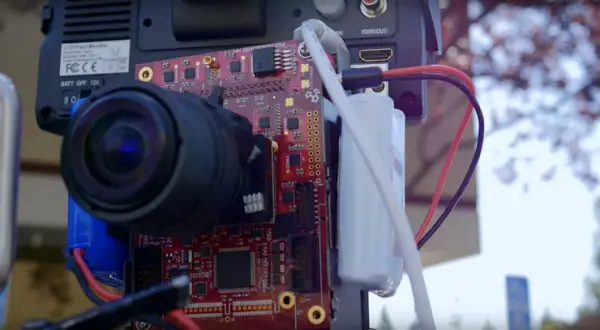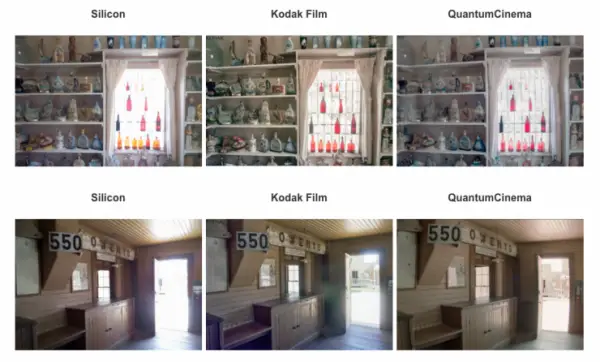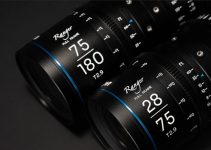Chasing the film look was something that is in a way reminiscent of the Dawn of the DSLR revolution, which opened the floodgates, for better or worse, to shallow depth of field and bokeh galore footage, that unfortunately solved only a part of the “filmic equation”. Often subject to vehement debate and strong subjective personal interpretations, the “film look” is a rather complex term that defies a unified definition. For me personally it has to do a lot more with a combination of dynamic range, texture, highlight rendition and skin tone fidelity, than a wildly defocused background and focus gone out of control.

InVisage Technologies Inc., the pioneering camera sensor company, recently debuted “Prix”, a short piece shot entirely with their new smartphone camera sensor based on quantum dot technology, enabling high dynamic range capture and tonality reminiscent of celluloid. This is a rather different beast than the CMOS chip in your BMPCC.
Here’s PRIX:
I’m quite fond of the look, very American Graffiti and 70’s like with rich, vibrant and organic tones with texture. Oh, and quantum dot technology also offers all that with global shutter, so say goodbye to the dreaded “jello effect” that CMOS sensors with electronic rolling shutters are often plagued.
Here’s how this new exciting technology works:
“Today, filmmakers of all types have access to HD-quality cameras through their smartphones,” said InVisage President and CEO Jess Lee. “However, achieving truly cinematic quality can be difficult without professional-grade cameras. Our expanded dynamic range capability is a major step forward in allowing smartphones to capture the tiniest of details across a wide range of lighting conditions. The results can be seen in ‘Prix,’ a charming short film about children who make their own technological innovations.”
Akin to celluloid film, QuantumFilm sensors have a non-linear response to light that allows them to preserve information in bright areas where a silicon CMOS sensor would typically saturate. This response, combined with higher photosensitivity and electron storage per pixel, enables QuantumFilm to show greater dynamic range in QuantumCinema mode.
“Prix” was also shot using InVisage’s exclusive electronic global shutter mode for smartphones, which eliminates a defect when shooting moving objects known as the “rolling shutter artifact.” All scenes were shot simultaneously with a comparable silicon smartphone using a rolling shutter–the only shutter mode currently available in smartphones–which captures parts of an image at different times. This delay causes obvious distortion when quickly moving subjects are shot with a moving camera. But with QuantumFilm’s global shutter, all parts of the image are captured simultaneously, resulting in unprecedented clear motion capture with a smartphone.

“The Making of ‘Prix’” is a cool BTS featurette, which includes interviews with employees and side-by-side comparisons of footage shot simultaneously with standard smartphones versus those equipped with QuantumFilm.
So, what do you guys think? Even though we’re probably a few good years away from seeing this technology implemented in prosumer and pro gear that we use (after all it is marketed for smart phone use right now – and I don’t blame them – it’s the fastest growing and biggest sensor market today) the dynamic range, texture rendition and global shutter all tick the right boxes for me. Read more over at InVisage’s website.
[via Cinescophophilia]
Disclaimer: As an Amazon Associate partner and participant in B&H and Adorama Affiliate programmes, we earn a small comission from each purchase made through the affiliate links listed above at no additional cost to you.
Claim your copy of DAVINCI RESOLVE - SIMPLIFIED COURSE with 50% off! Get Instant Access!






Waaa can’t wait! 🙂 my bmpcc is great but this looks awesome!
Keep in mind this is to be used in smart phones and other mobile devices, not large sensor cameras, so as it matures and gets into bigger sensors, we’ll be in for quite the ride
I can’t wait to the first products based on this tech.
me too 🙂 the next couple of years should be a lot of fun. Especially in the mobile field, as this is afterall technology that will be first implemented there